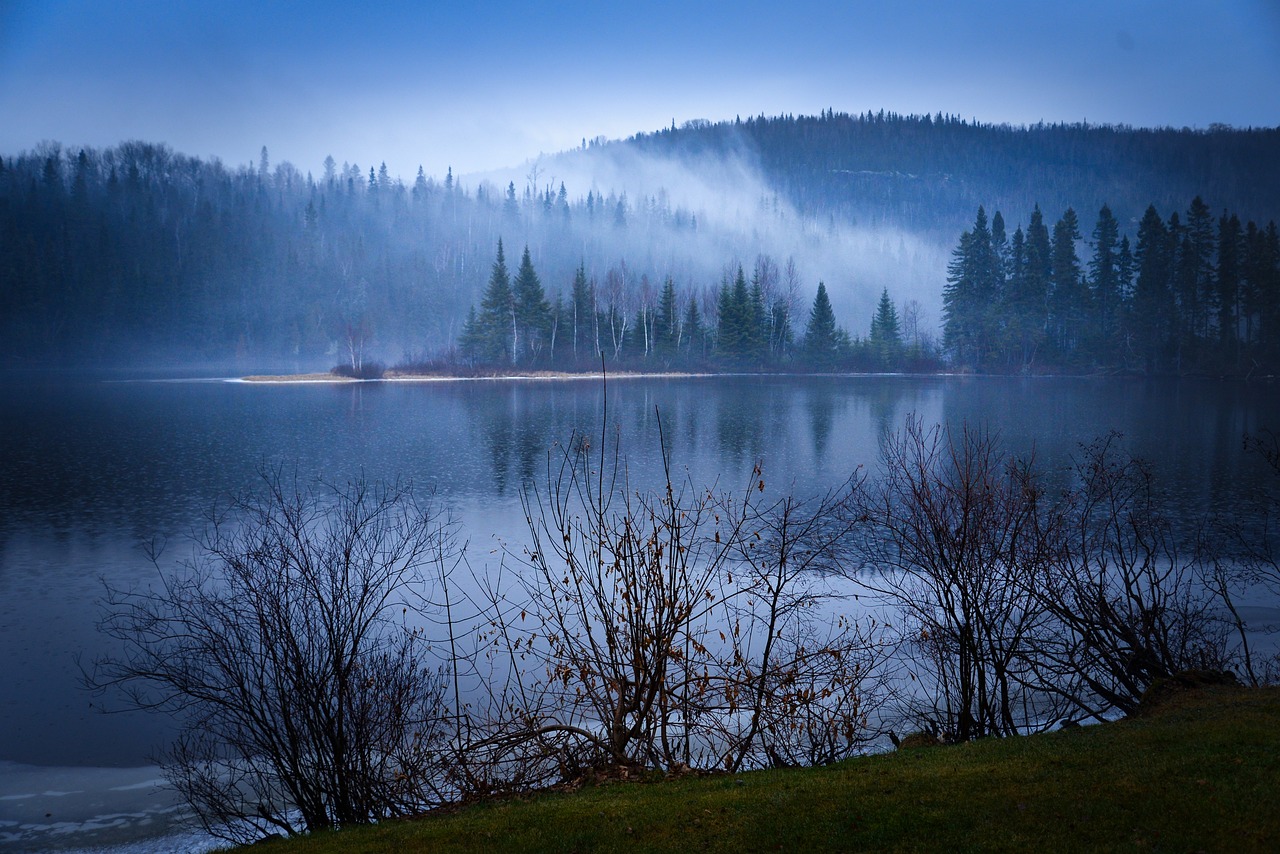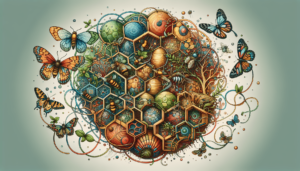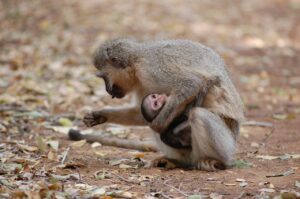Climate change has emerged as one of the most pressing global challenges of our time, impacting various aspects of our planet. Among its many consequences, climate change significantly affects biodiversity, posing a threat to the intricate web of life on Earth. As temperatures rise, ecosystems are disrupted, habitats are altered, and species struggle to adapt. In this article, we will explore the multifaceted ways in which climate change jeopardizes biodiversity and the urgent actions needed to mitigate its adverse effects.
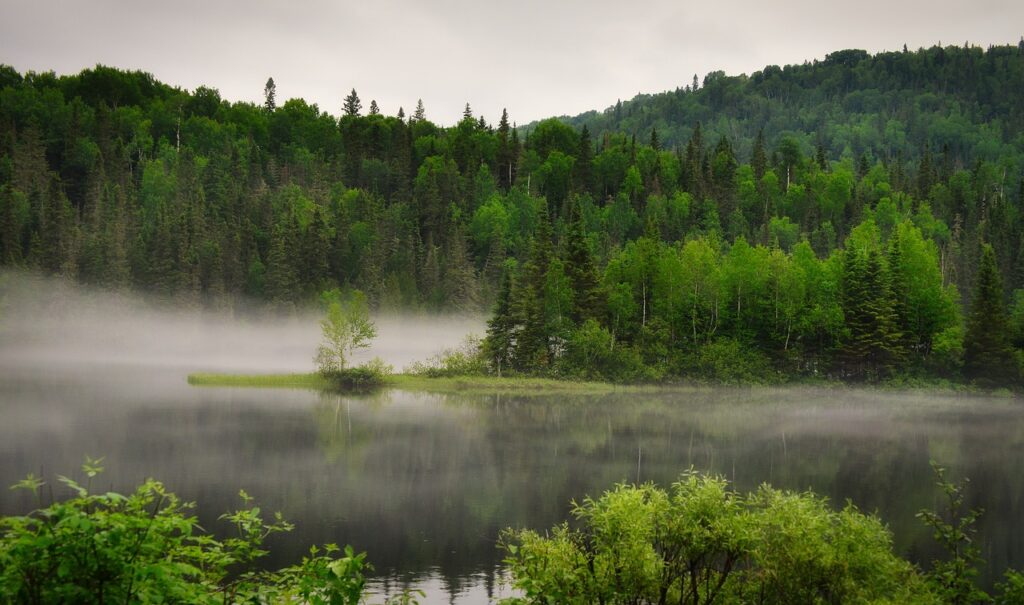
Introduction
Climate change is a pressing issue that affects all aspects of the natural world, including biodiversity. Biodiversity refers to the variety of life on Earth, encompassing the different species, their genes, and the ecosystems they inhabit. As climate change continues to alter our planet, it poses significant threats to biodiversity. In this article, we will explore the various ways climate change impacts biodiversity, from species extinction and altered ecosystems to changes in phenology and shifts in species distribution. Additionally, we will delve into the impacts on food webs, implications for ecosystem services, and the loss of genetic diversity. By understanding these effects, we can better recognize the urgent need to address climate change and its consequences for biodiversity.
Definition of Biodiversity
What is biodiversity?
Biodiversity is a term that refers to the vast array of living organisms and ecosystems found on Earth. It encompasses the incredible diversity of species, including plants, animals, microorganisms, and the genes that make up their genetic makeup. Biodiversity also includes the ecosystems and habitats that these species inhabit, from forests and wetlands to coral reefs and grasslands. It is the interactions between these living organisms and the environments they inhabit that contribute to the intricate web of life on our planet.
Levels of biodiversity
There are three main levels of biodiversity: genetic diversity, species diversity, and ecosystem diversity. Genetic diversity refers to the variety of genes within a population or species. It allows for adaptability and resilience to changing environmental conditions. Species diversity, on the other hand, refers to the number of different species in a particular area or on Earth as a whole. It represents the variety of life forms and their unique characteristics. Finally, ecosystem diversity refers to the variety of ecosystems and habitats that exist in a given area. Each level of biodiversity plays a crucial role in maintaining the overall health and functioning of our planet.
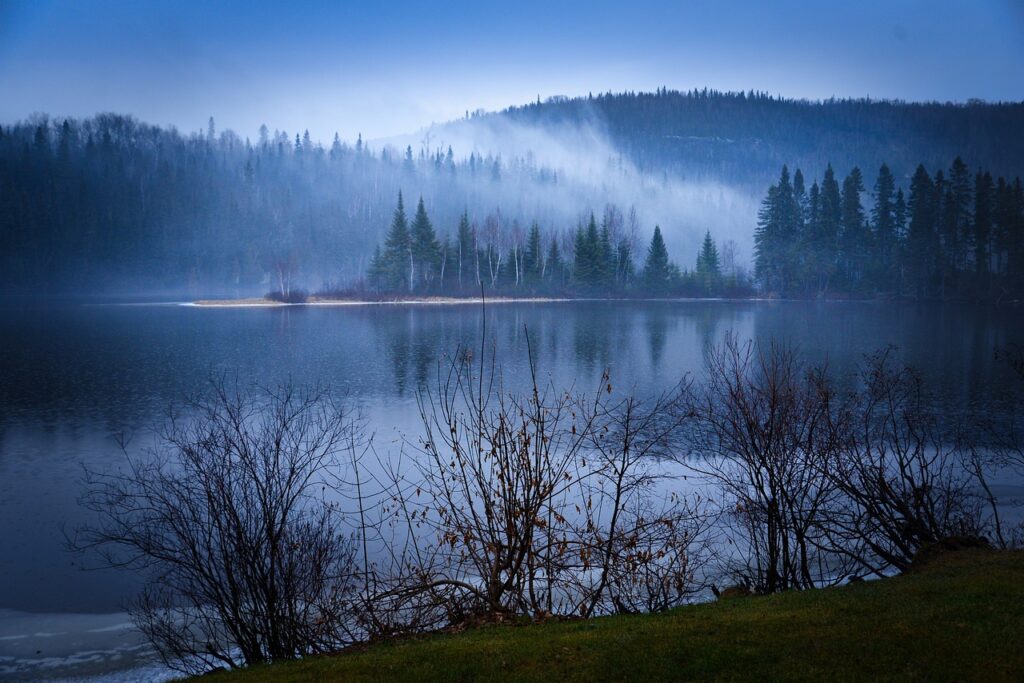
Climate Change and Species Extinction
Causes of species extinction
Species extinction occurs when a species is completely wiped out from the Earth. While natural processes have caused species to go extinct throughout Earth’s history, human activities have significantly accelerated the rate of extinction in recent times. Habitat destruction, pollution, overexploitation, and the introduction of invasive species are some of the primary causes of species extinction.
Link between climate change and extinction
Climate change further exacerbates the threats faced by many species, pushing them closer to the brink of extinction. Rising temperatures, changing rainfall patterns, increased frequency and intensity of extreme weather events, and rising sea levels are all consequences of climate change that directly impact species and their habitats. These changes disrupt vital ecological processes, such as migration patterns, reproductive cycles, and food availability, making it difficult for species to adapt and survive.
Examples of species at risk
Numerous species are already at risk of extinction due to climate change. The polar bear, for instance, relies on sea ice for hunting and breeding. As Arctic sea ice continues to melt due to rising temperatures, the polar bear’s habitat shrinks, leading to reduced access to food and increased competition. Another example is the coral reefs, which are highly sensitive to changes in temperature and ocean acidity. As oceans warm and become more acidic, coral bleaching occurs, leading to mass mortality events and the loss of these diverse and vital ecosystems.
Altered Ecosystems and Habitats
Effects of climate change on ecosystems
Climate change has far-reaching consequences for ecosystems. As temperatures rise and weather patterns shift, ecosystems experience altered precipitation, increased frequency of droughts, and changes in the availability of resources. These changes can disrupt the delicate balance within ecosystems and lead to shifts in the abundance and distribution of species. For instance, warmer temperatures and reduced rainfall can lead to desertification, causing the loss of plant and animal species adapted to specific climatic conditions.
Habitat loss and fragmentation
One of the most significant impacts of climate change on biodiversity is habitat loss and fragmentation. As temperatures and sea levels rise, many habitats become increasingly uninhabitable for certain species. This forces them to migrate or adapt to new environments, often resulting in the loss of suitable habitat. Additionally, habitat fragmentation occurs when large habitats are divided into smaller, isolated patches. This makes it difficult for species to disperse and find suitable resources, leading to decreased genetic diversity and increased vulnerability to extinction.
Invasive species
Climate change also influences the spread and establishment of invasive species. Invasive species are non-native organisms that have negative impacts on the environment, economy, or human health. As temperatures rise, some invasive species may expand their ranges, outcompeting native species and disrupting ecological processes. For example, the spread of invasive plants can outcompete native vegetation, leading to changes in nutrient cycling and reduced habitat quality for native species.
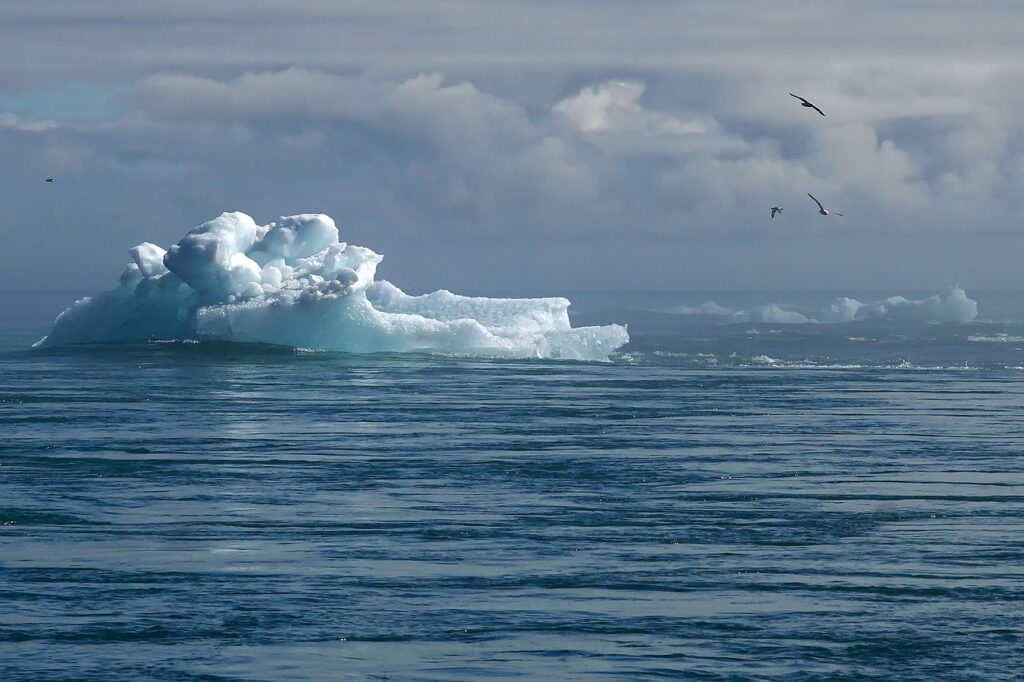
Changes in Phenology
Definition of phenology
Phenology refers to the timing of life cycle events in organisms, such as migration, flowering, hibernation, and breeding. It is influenced by environmental cues, particularly temperature and daylight hours. Climate change disrupts phenological patterns, as rising temperatures can advance or delay the timing of these events.
Impact of climate change on phenology
As temperatures rise, many species experience changes in their phenology. For example, plants may flower earlier in the year, and migratory birds may arrive at their breeding grounds sooner. These shifts can lead to mismatches between species that rely on each other for survival, such as pollinators and flowering plants. If the timing of these interactions becomes out of sync, it can have detrimental effects on the populations involved.
Disruption of ecological interactions
Changes in phenology can disrupt ecological interactions that have evolved over millions of years. For instance, if a bird migrates to breed when its insect prey has not yet emerged due to a delay in spring temperatures, the bird may not have enough food to raise its young. This can have cascading effects throughout the food web, impacting other species that rely on the bird’s presence and the insects it consumes. Ultimately, these disruptions in ecological interactions can lead to population declines and decreased biodiversity.
Shifts in Species Distribution
Species’ range shifts
Climate change can cause shifts in the geographic distribution of species. As temperatures and habitat conditions change, some species may move towards cooler regions or higher altitudes to find suitable habitats. This can result in range expansions for some species and contractions for others. Furthermore, certain species may become increasingly restricted in their distributions, leading to a higher risk of extinction.
Effects on species interactions
Changes in species distribution can impact interactions between species. For example, if a predator species expands its range into a new area, it may prey on previously unexposed prey species. This can disrupt the dynamics of the ecosystem, leading to changes in population sizes and altering the balance of species interactions. Additionally, shifts in species distribution can lead to the introduction of novel species into an ecosystem, which may outcompete native species or introduce new diseases or parasites.
Impact on ecological communities
Shifts in species distribution can have profound effects on ecological communities. As certain species move or disappear from an area, the composition and structure of the community can be altered, potentially leading to the loss of important ecological functions. For instance, if a keystone species, which has a disproportionately large impact on its environment, disappears from an ecosystem, it can cause a cascade of effects on other species and disrupt the overall balance of the community.
Impacts on Food Webs
Disruption of trophic interactions
Trophic interactions refer to the transfer of energy and nutrients between different organisms in a food web. Climate change can disrupt these interactions by altering the abundance and distribution of species at different trophic levels. For example, changes in temperature and precipitation patterns can affect primary producers, such as plants, leading to a decrease in food availability for herbivores and subsequently impacting predators at higher trophic levels.
Cascading effects on food webs
Disruptions in trophic interactions can have cascading effects throughout the food web. For instance, if a primary producer experiences reduced growth due to changes in precipitation patterns, it will directly impact herbivores that rely on it for food. This, in turn, can affect the populations of their predators, leading to a realignment of species abundances and potentially altering the structure of the entire food web. These cascading effects can have significant ecological and economic impacts.
Economic and human impacts
Climate change-induced disruptions in food webs can have severe economic and human impacts. Many human populations rely on the services provided by healthy and functioning ecosystems, such as fisheries, agriculture, and ecotourism. As climate change alters the abundances and distributions of species within food webs, it can lead to declines in important resources and food security issues. Economic sectors that depend on these resources may suffer, and the livelihoods of communities that rely on them can be negatively impacted.
Implications for Ecosystem Services
Ecosystem services definition
Ecosystem services are the benefits that humans derive from healthy and functioning ecosystems. These services can be divided into four categories: provisioning services (such as food, water, and timber), regulating services (such as climate regulation and water purification), cultural services (such as recreation and spiritual fulfillment), and supporting services (such as nutrient cycling and soil formation). Ecosystem services are crucial for human well-being and play a fundamental role in maintaining a sustainable and thriving society.
Climate change and ecosystem services
Climate change poses significant threats to ecosystem services. As mentioned earlier, climate change impacts the availability and productivity of key resources, such as food, water, and timber. It also disrupts the regulating services that help maintain favorable environmental conditions, including climate regulation, water purification, and erosion control. These disruptions can have profound implications for human societies and their ability to access and benefit from these essential services.
Consequences for human well-being
The consequences of climate change-induced impacts on ecosystem services can be far-reaching. Reduced availability of food resources can lead to malnutrition and food insecurity, particularly in vulnerable populations. Changes in water availability and quality can affect human health and sanitation, leading to increased risks of waterborne diseases. Additionally, the loss of cultural services, such as access to natural landscapes for recreational and spiritual purposes, can negatively impact human well-being and undermine the cultural identity of communities.
Loss of Genetic Diversity
Importance of genetic diversity
Genetic diversity is essential for the long-term resilience and adaptability of species. It allows populations to adapt to changes in their environment, such as those induced by climate change. Genetic diversity provides the raw material for natural selection, enabling species to evolve and survive in the face of changing conditions. Without sufficient genetic diversity, species may become more vulnerable to the impacts of climate change and face an increased risk of extinction.
Climate change and genetic diversity loss
Climate change can contribute to the loss of genetic diversity in several ways. Rapid changes in environmental conditions can reduce populations’ sizes, leading to genetic bottlenecks and increased inbreeding. Inbreeding can result in reduced genetic variation and the accumulation of detrimental genetic traits, making populations less resilient and more susceptible to disease and other stressors. Additionally, as species’ ranges shift, they may become isolated in small, fragmented populations, limiting gene flow and reducing genetic diversity.
Inbreeding and reduced adaptability
Reduced genetic diversity resulting from climate change-induced pressures can hinder populations’ ability to adapt and survive. With limited genetic variation, species may struggle to respond to changing environmental conditions, such as temperature increases or alterations in resource availability. This reduced adaptability can increase the likelihood of local extinctions and limit the ability of populations to recolonize previously inhabited areas. Ultimately, the loss of genetic diversity exacerbates the threats posed by climate change and further diminishes the chances of long-term survival for many species.
Conclusion
Climate change poses significant challenges to biodiversity at all levels, from genetic diversity within populations to species diversity and ecosystem diversity. The impacts of climate change on biodiversity are far-reaching, affecting species extinction, altering ecosystems and habitats, disrupting phenology and species distributions, impacting food webs, and resulting in the loss of genetic diversity. These effects, in turn, have profound implications for ecosystem services and human well-being. It is crucial that we recognize the urgency of addressing climate change and take action to mitigate its impacts on biodiversity. By preserving and protecting biodiversity, we not only safeguard the intricate web of life on Earth but also ensure a sustainable future for ourselves and future generations.

